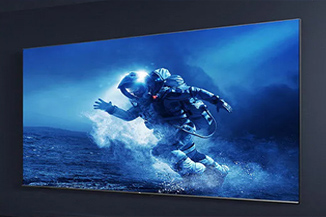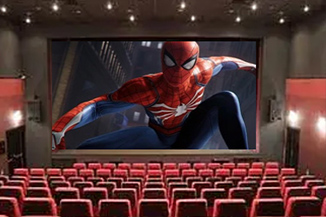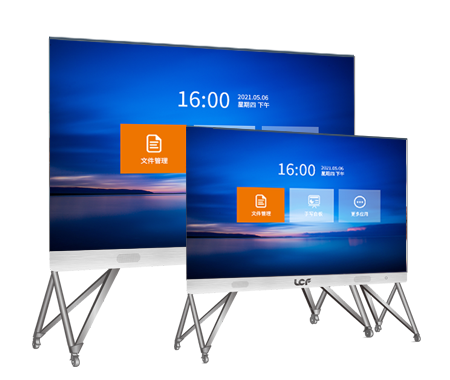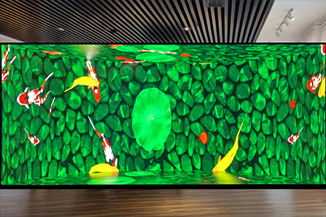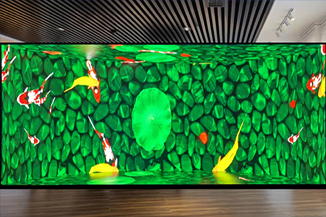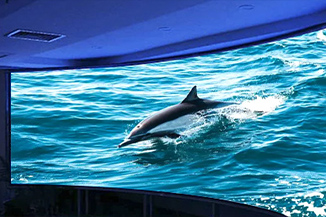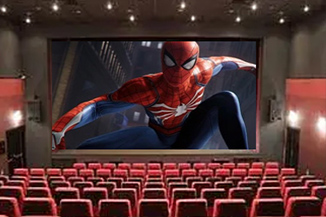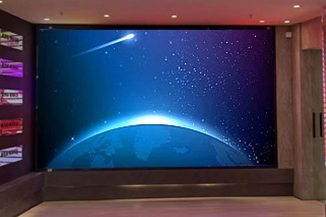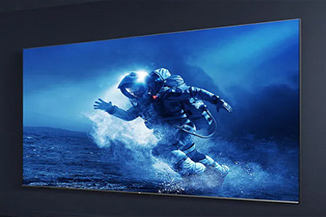Publisher: Supplier of LED Display Time: 2022-11-29 09:33 Views: 1475
Under the background of pitch miniaturization, what factors affect the printing performance of Mini LED screen solder paste? Next, Liancheng sent the editor to take everyone to take a look!
With the development of pitch miniaturization and the continuous improvement of process and equipment precision in major packaging factories, the chip size of Mini LED screen applications has gradually evolved from 5x9mil to today's 3x5mil, or even smaller. The reduction of chip size means that more LED chips can be arranged in the display or backlight unit of the same unit area, which also puts forward higher requirements for chip mounting.
Among them, the most significant change is that the pad size of the circuit board becomes smaller, and the corresponding printing stencil opening also becomes smaller. In fact, the smaller the opening, the higher the requirements for the printing effect of the solder paste, and the stricter the control of the process.
From the point of view of the manufacturing process, the three major factors that affect solder paste printing are stencil, scraper (Squeegee), and solder paste (Solder paste), collectively referred to as 3S factors. According to the research of SMT source, nearly 65% of soldering failures come from solder paste printing defects, among which the poor printing performance is concentrated in bridging, less tin, deviation, plugging, and sharpening.
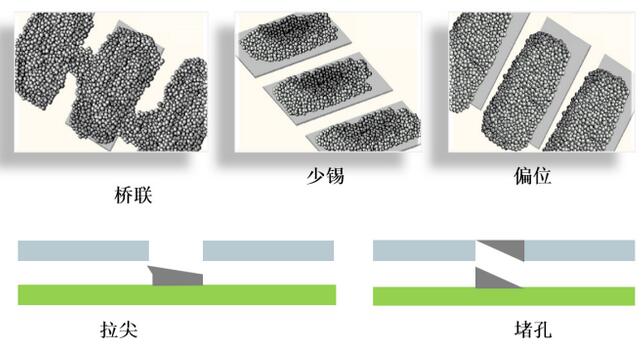
However, the key to maintaining good printing performance can be understood from the following three aspects:
1. Stencil
Composition of steel mesh: generally composed of mesh frame, stainless steel sheet, stretch net and glue for stretch net.
Commonly used stencils can be divided into three categories according to the production process: chemical etching, laser, and electroforming.
1) Chemical etching: using chemical liquid etching process, one-time molding, low cost, rough inner wall of opening, low position accuracy, and not environmentally friendly.
2) Laser: It is formed by laser cutting. It is the most commonly used steel mesh in the industry at present. It is directly produced by data files, which reduces the production error link and has high precision. However, it needs to be cut one by one, and the speed is not fast. The inner wall of the opening is relatively smooth, and the opening is small at the top and large at the bottom, which is helpful for the release of solder paste. At present, most SMT applications use this process to make stencils.
3) Electroforming: It is a metal forming process that forms a metal layer by depositing nickel metal on a base plate or template. The electroformed steel mesh has a smooth wall and an inverted trapezoidal structure, which achieves the best solder paste release effect at present. In addition, due to the characteristics of the electroforming process itself, a ring-shaped protrusion slightly higher than the thickness of the steel sheet is formed on the edge of the hole. Solder paste printing It is quite a "seal ring". During printing, this seal ring is conducive to the tight fit between the stencil and the pad or solder mask, and prevents the solder paste from leaking to the outside of the pad. The disadvantage is that the cost is high.
As shown below:
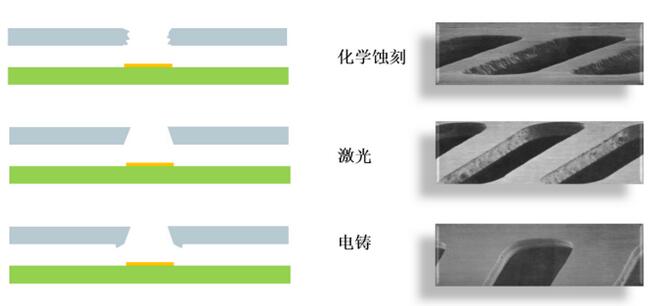
In the printing process of Mini LED, since the opening is getting smaller and smaller, the roughness of the hole wall directly affects the release of solder paste after printing. Therefore, most customers use laser opening to perform electropolishing process to polish the hole wall of the stencil. Grinding to further improve the opening hole wall and make the hole wall smoother.
At the same time, stencil manufacturers have added a nano-coating process, which makes it difficult for solder paste to adhere to the stencil, reduces the number of stencil cleaning times and the probability of hole blocking, and further improves production efficiency and printing quality.
2. Squeegee
There are two common types of scrapers: rubber or polyurethane (polyurethane) scrapers and metal scrapers. At present, most printing processes use stainless steel scrapers. When the scraper angle is 45-60°, the solder paste has better rolling characteristics, which is helpful for tinning. At the same time, due to the metal material, the scraper is not easy to deform under high pressure, and will not dig out the solder paste from the opening, resulting in less tin phenomenon.
Precautions when using the scraper:
1) After printing, clean the hard block of solder paste on the surface of the scraper and the gap of the fixture, and place it in a fixed area after cleaning to prevent artificial bumps or scratches.
2) It is required to maintain the scraper every month to confirm whether the scraper is damaged or deformed to ensure printing performance.
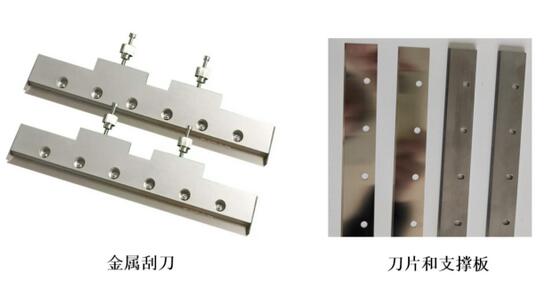
3. Solder paste
Solder paste is composed of tin powder and flux. The properties of solder paste and flux directly affect the printing, rolling and demoulding effects of solder paste on the stencil.
1) Rolling effect: More than 80% of the components in the solder paste are tin powder, and the particle size concentration and sphericity of the tin powder are two factors that directly affect the performance. Jufeng Tin Industry uses ultrasonic multi-stage atomization technology to make the particle size concentration of tin powder exceed 80% of the IPC requirement, reaching more than 90%. At the same time, multi-stage atomization removes abnormal balls to ensure the sphericity of tin powder.
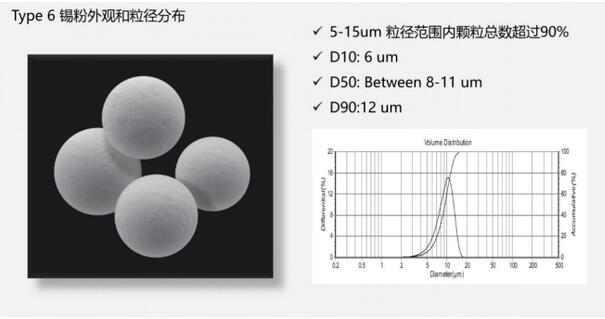
2) Release effect: Jufeng's solder paste for Mini LED adopts a unique flux formula system, and a high-efficiency release agent is added to the system, which can effectively separate from the mesh during printing release and reduce printing defects.
The above are the factors that affect the printing performance of Mini LED screen solder paste under the background of pitch miniaturization. Lianchengfa is a world-leading provider of LED display applications and solutions, as well as a national-level professional and special new small giant enterprise. The main business covers four major sections: "Smart City", "Cultural Tourism Commercial Performance", "Commercial Display Engineering", and "Content Technology". It has the world's leading automated production equipment, modern post-doctoral research laboratories and comprehensive sales and services. team. Friends who want to buy Mini LED screens can also contact us Lianchengfa led display manufacturer, a big country brand, trustworthy!
Source: Expert Says Display
